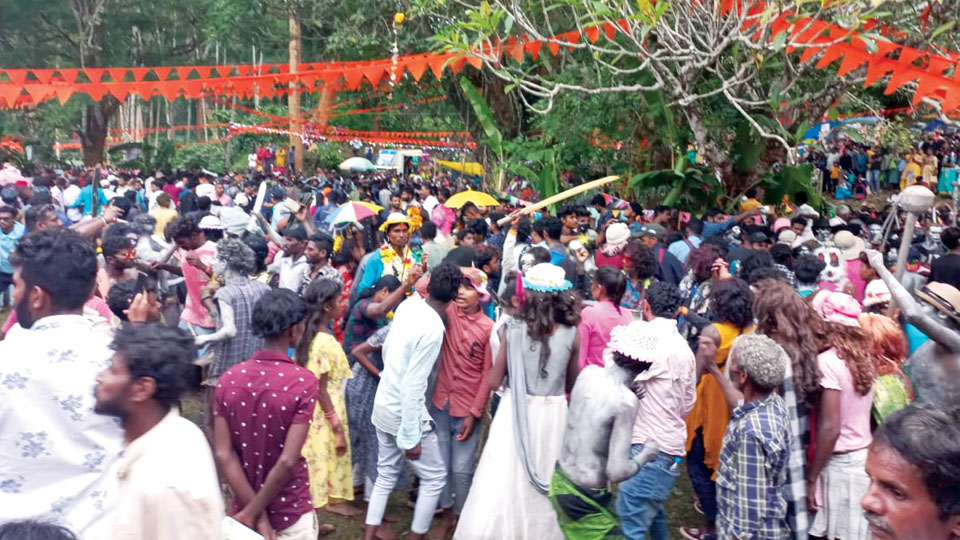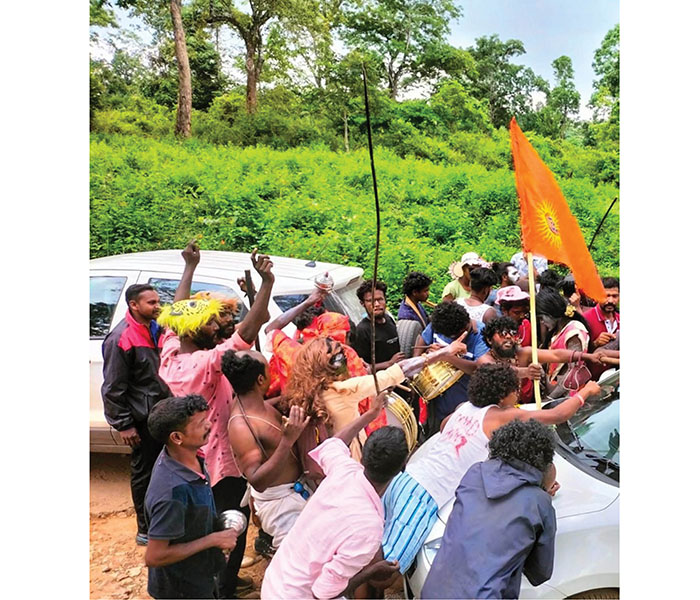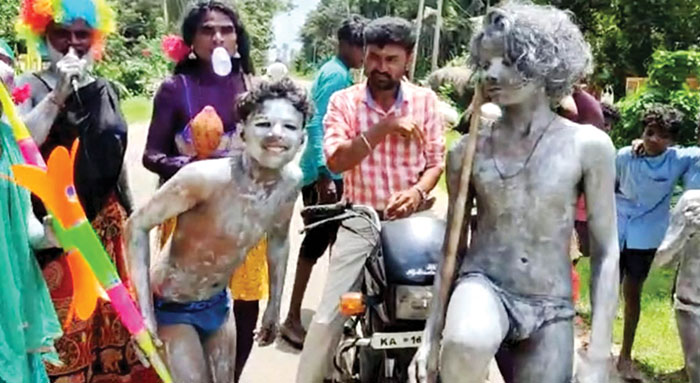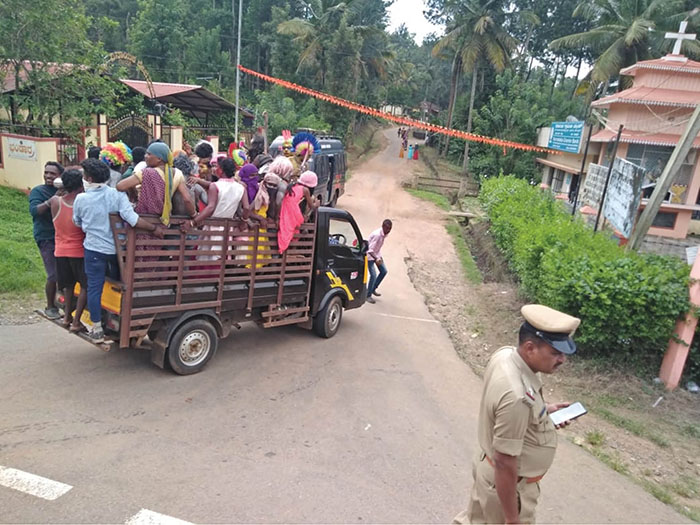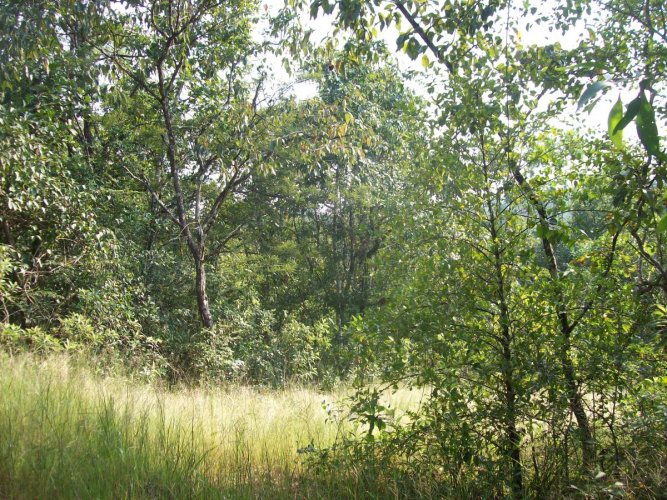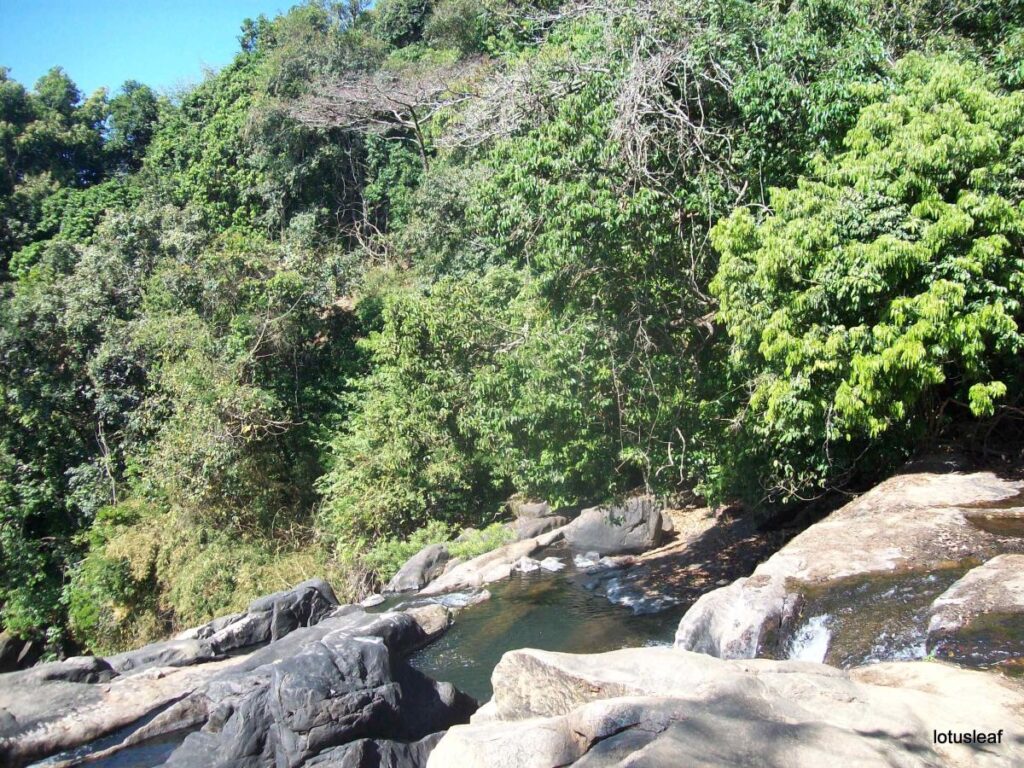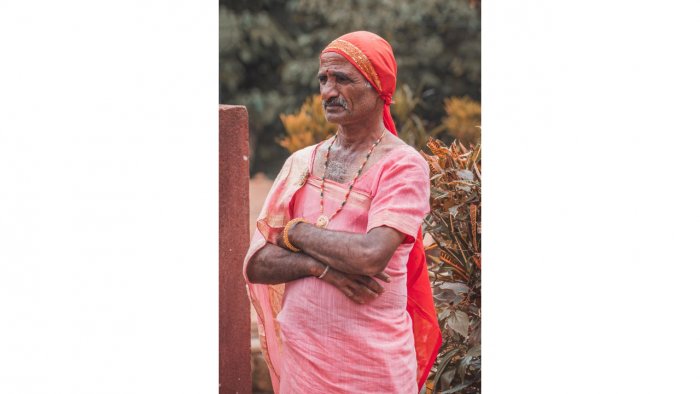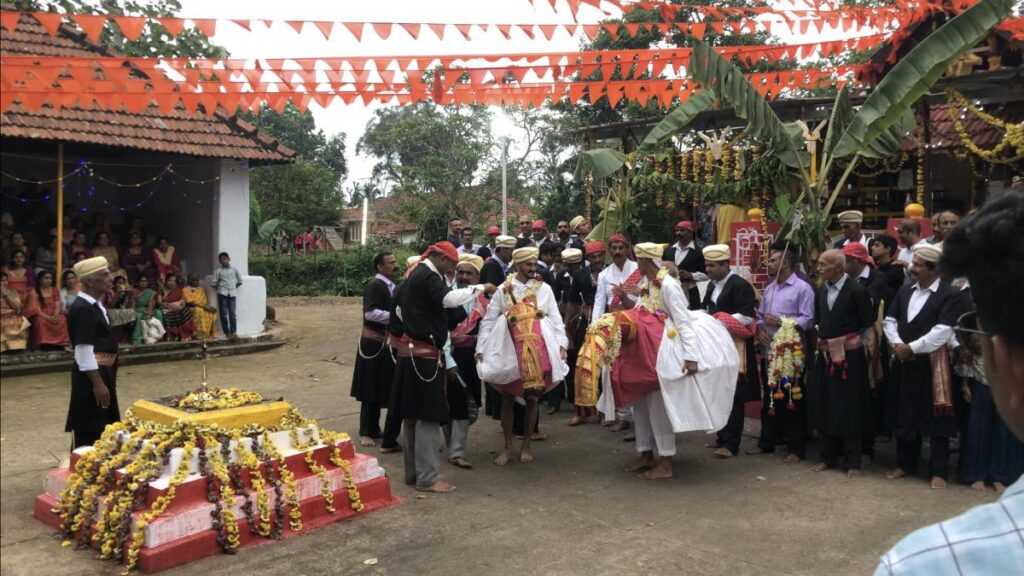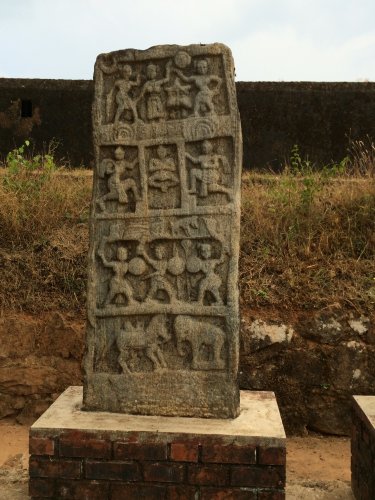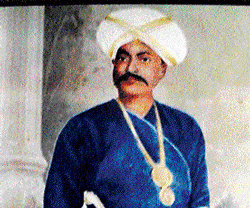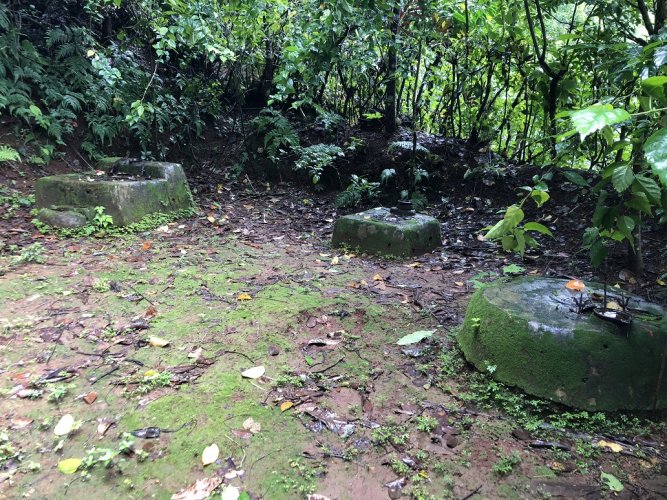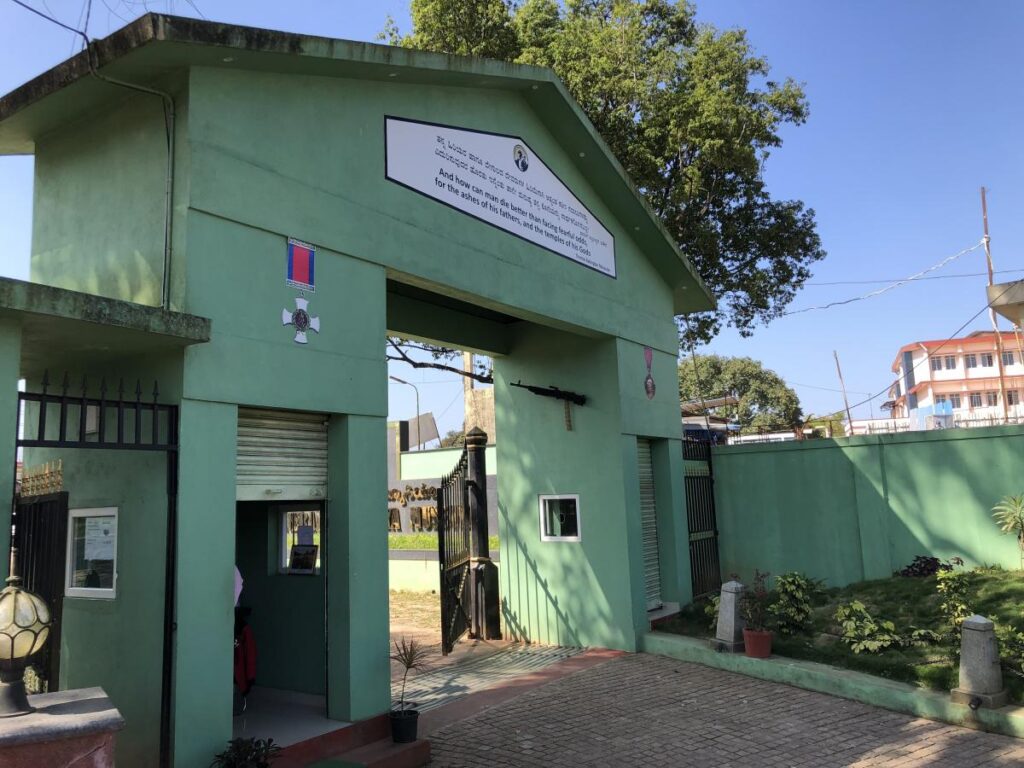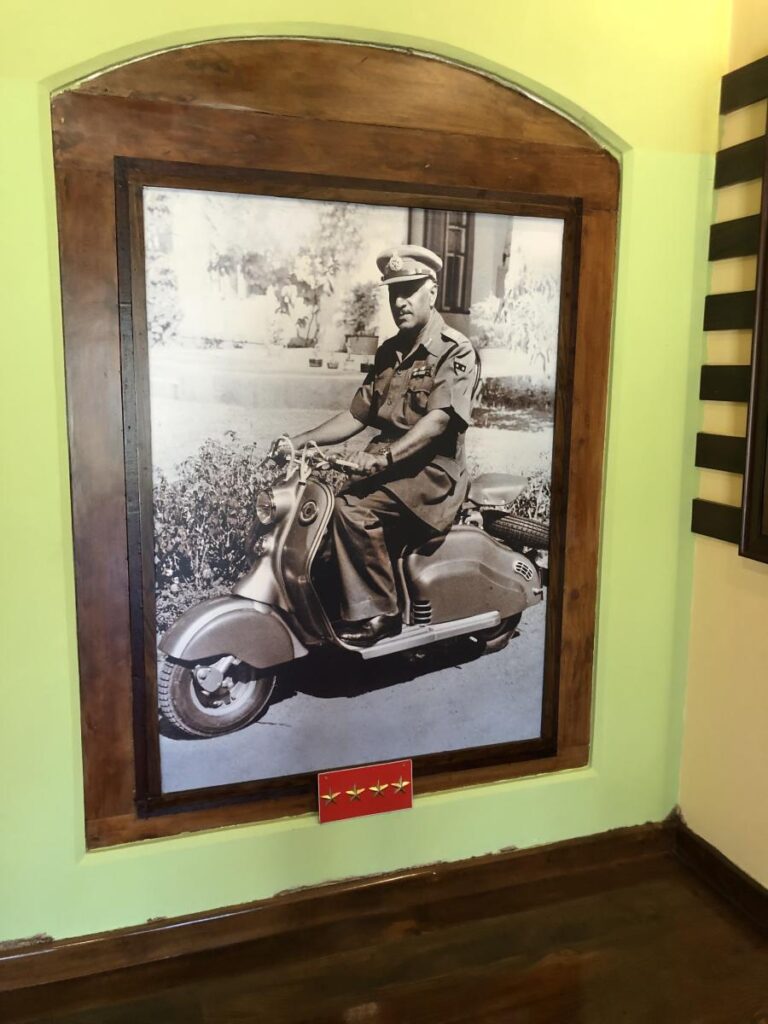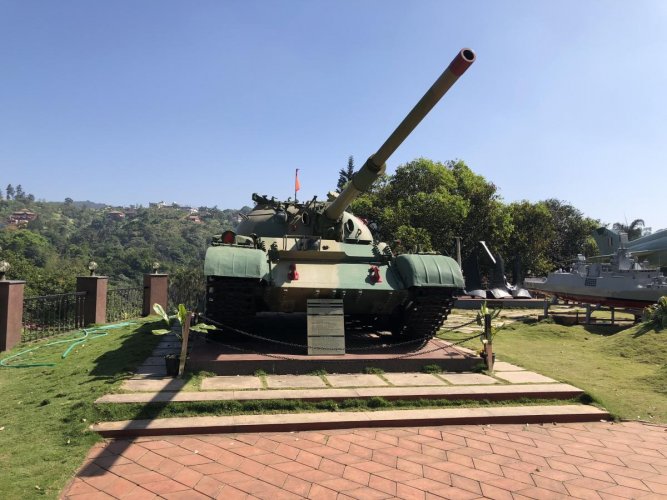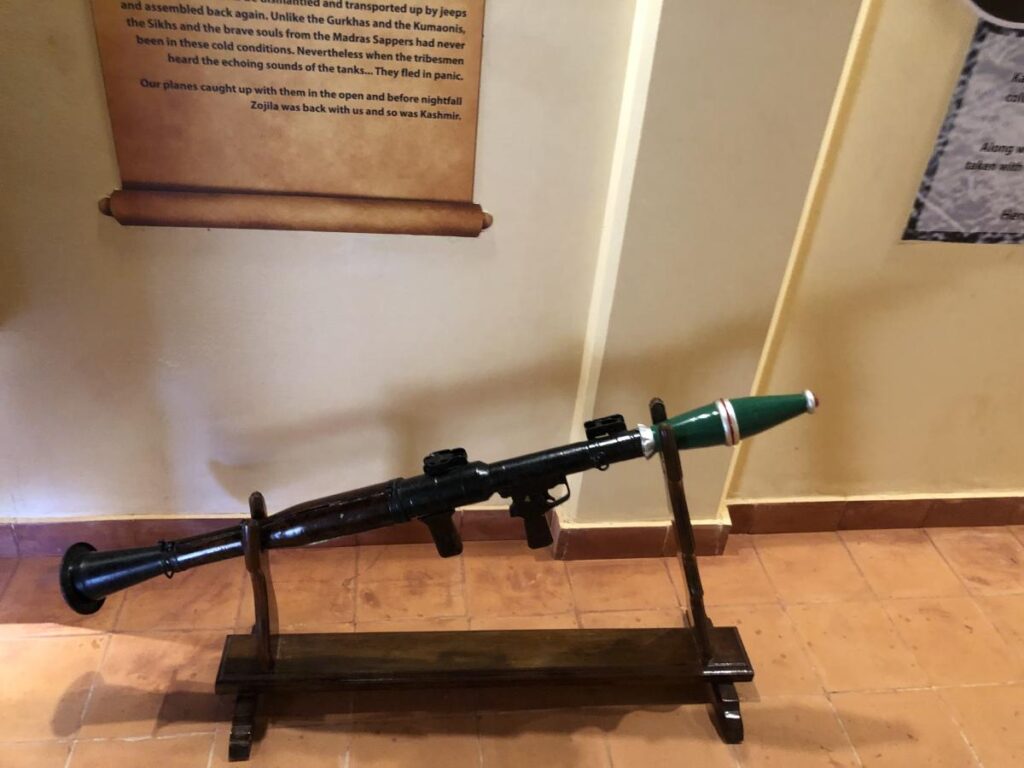The virtual museum will likely stand completed and be accessible globally by February next year and the groundwork for the project is ongoing.

Madikeri :
The Kodava community has a unique culture juxtaposed with tribal and martial history. While the unique traditions are highly revered in the district, research work on the history or culture of the community is less. However, this loophole is now being addressed by the Indian Foundation for the Arts (IFA), which will soon set up an interactive Virtual Museum of Kodava Heritage and culture called the – Sandooka Museum.
The virtual museum will likely stand completed and be accessible globally by February next year and the groundwork for the project is ongoing. The museum will be an interactive online space that will provide a glimpse into the history, traditions, land, lives, customs and beliefs of the Kodava community.
We are putting together various videos, pictures, audios and text for the project. There are numerous village festivals in Kodagu and each Kodava clan has its own annual rituals. At the ground level, we are visiting the villages, Kodava families, temples and Kodava organizations to avail authentic materials for the museum,” explained M Nitin Kushalappa, an author who is involved in the museum project with the IFA.
“We do not acquire the materials from the people but make copies of the same, which will be uploaded online,” he added.
“This might be the first virtual museum of the sort in India. Our approach is based on community collaboration and we have an open call announced in which we are inviting people to share their own stories and experiences of Kodava culture. Be it a family photograph or heirloom, documentation of a festival or ritual, or even images of public artifacts that they would like to talk about. The open calls will select stories from among those sent in a feature on the website and that it is ‘The Living Museum of Kodava Culture,’ “explained Lina Vincent, the project director.
The advisory committee led by Rathi Vinay Jha, CP Beliappa and Hemanth Sathyanarayan is guiding the project team led by project director Lina Vincent, design team Saurav Roy and Upasana Roy alongside Nitin. The team is currently involved in recording folk songs and other audio and video clips from the people from the community. The team is open to accepting contributions from the community members.
Kodavas are indigenous residents of Kodagu and the population of the community is just 1.25 lakh. The majority of the Kodavas are settled in Kodagu. The community has rich tribal and folk culture that is being passed on from generations. Not many works have taken shape in documenting the rich culture of the community. The establishment of a virtual museum archiving the traditions of the community is welcomed by the residents of the district.
source: http://www.newindianexpress.com / The New Indian Express / Home> States> Karnataka / by Prajna GR, Express News Service / May 29th, 2022
